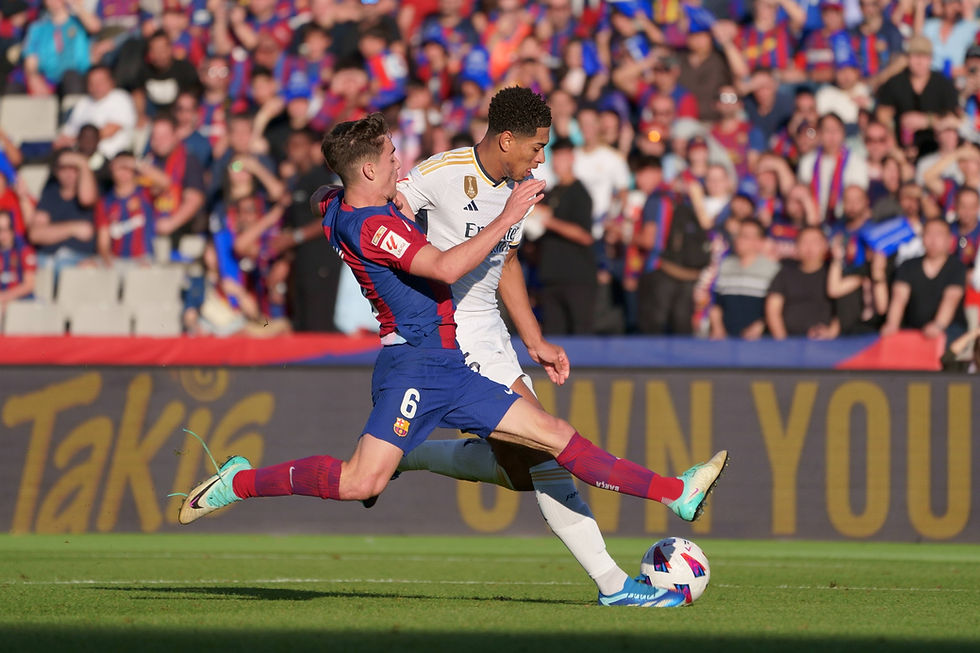An Update on USWNT's Equal Pay Lawsuit
- condetrimental
- Sep 13, 2021
- 2 min read
Updated: Aug 7, 2022
BY: MATTESON LANDAU
Since 2016, The USWNT has been making headlines regarding their legal battle for equality in pay and treatment compared to their male counterpart, the USMNT. In May of 2016 the team’s collective bargaining leadership group, composed of prominent players, filed a complaint with the Equal Employment Opportunity Commission. At the end of 2016 the team’s collective bargaining agreement (CBA), which had been in place since 2005, expired, and the team agreed to a new CBA in April 2017 which covers issues including “increased pay, better travel accommodation, equal per diems as the MNT,” and others. [1] This stood as a massive win for the USWNT and women’s sports equality as a whole.
Then, in March 2019, the USWNT filed a complaint in federal court asking for “back pay, equal pay to the MNT, and other compensation” claiming they were not paid in compliance with the new CBA. [1] The US Soccer Federation denied the allegations, citing business reasons for unequal pay rather than discrimination. In May 2020, a federal judge in California ruled against the USWNT on their “their contention of discrimination under the Equal Pay Act,” but did not quash the lawsuit entirely. [2] In fact, while the USWNT was competing in the Tokyo 2020 Olympics in July, they filed an opening brief in the appeal of their equal pay lawsuit, which is being heard by the Ninth Circuit. In the brief, the USWNT argues that Federal District Judge Klausner did not take performance into account “when he found that the women and men had made roughly the same amount.” [2] Since 1991, the USWNT has won 4 World Cup’s and 4 Olympic Gold Medals, while the USMNT has never won either, did not qualify for the last World Cup, and has not qualified for the Olympics since 2008. [3]
As the formal appeal process moves forward, the team is working to settle with U.S. Soccer outside of court. USSF currently pays equally for matches which it controls, but the main pay disparity occurs in matches organized by FIFA, most notably World Cup matches. [4] For example, at the last men’s and women’s World Cups, respectively, the French men’s team took home $38 million USD while the United States were given only $4 million for a championship on the women’s side. [5] USSF is attempting to creatively solve this disparity in the upcoming USMNT and USWNT collective bargaining agreements by including an even split of World Cup prize money. For the first time ever, USSF President Cindy Parlow Cone plans to have both the men’s and women’s player unions sign the same CBA, which will “reallocate a portion of FIFA’s World Cup payments” to the women’s team. [6] Although the ultimate goal is to see FIFA itself providing equal payouts, U.S. Soccer has found a creative way to expedite the process on a domestic level. While there are still many challenges to overcome before the USWNT truly has equal pay, Cone’s plan for World Cup prize money represents an important shift in the approach by USSF.
Sources:







EPS Machine EPS Cutting…
EPS Machine Eps Raw…
EPS Machine EPS Recycling…
EPS Machine EPS Mould;
EPS Machine EPS Block…
EPP Machine EPP Shape…
EPTU Machine ETPU Moulding…
EPS Machine Aging Silo…
EPTU Machine ETPU Moulding…
EPS Machine EPS and…
EPS Machine EPS and…
AEON MINING AEON MINING
AEON MINING AEON MINING
KSD Miner KSD Miner
KSD Miner KSD Miner
BCH Miner BCH Miner
BCH Miner BCH Miner
EPS Machine EPS Cutting…
EPS Machine Eps Raw…
EPS Machine EPS Recycling…
EPS Machine EPS Mould;
EPS Machine EPS Block…
EPP Machine EPP Shape…
EPTU Machine ETPU Moulding…
EPS Machine Aging Silo…
EPTU Machine ETPU Moulding…
EPS Machine EPS and…
EPS Machine EPS and…
AEON MINING AEON MINING
AEON MINING AEON MINING
KSD Miner KSD Miner
KSD Miner KSD Miner
BCH Miner BCH Miner
BCH Miner BCH Miner